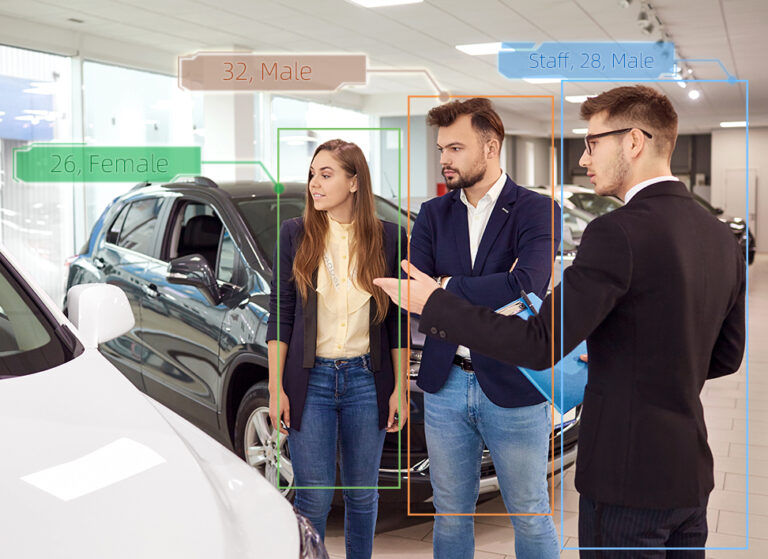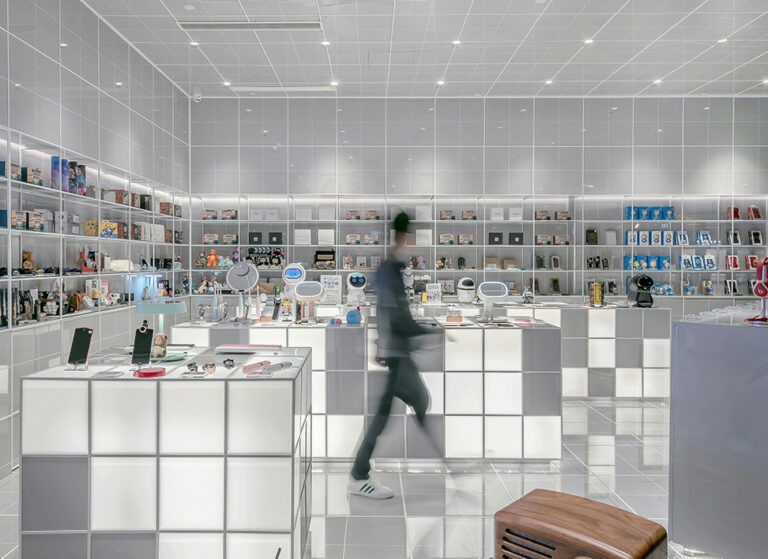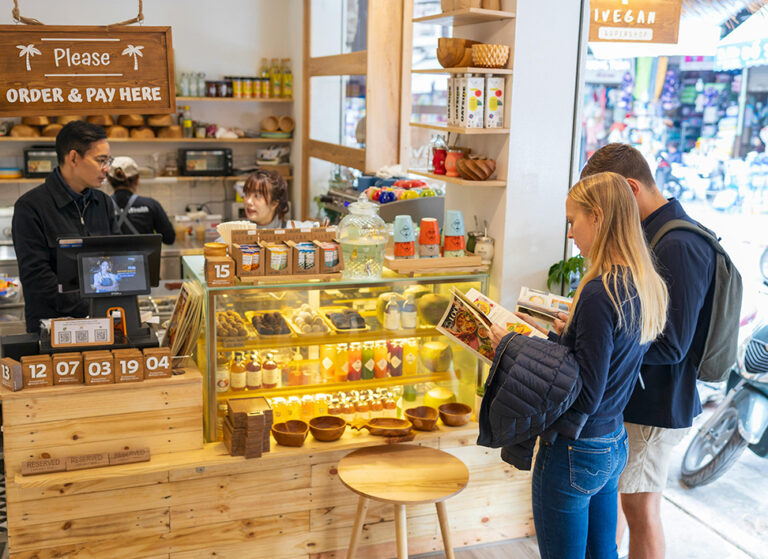
The embedded artificial intelligence algorithms in our integrated system, known as TrueFlow 2.0 technology, have the unique ability to effectively address staff traffic disruptions and eliminate situations such as multiple repeat counts of visitors. Excluding traffic data from staff, delivery personnel, and mailers will allow you to find accurate conversion rates while leveraging ReID technology to work in concert with virtually all other Vionvision solutions to help you collect the most accurate people count data possible.

The use of smart sensors (G5 and G6) and smart terminals (CBox) provides insights into customer traffic near shops. Data-driven management with franchise managers, retail operators, property developers, property services leasing executives and marketing agencies is further enhanced by identifying peak hours and days, understanding seasonal variations and assessing the impact of marketing efforts on customer engagement through comprehensive conversion funnel analysis.

Without using any biometric information such as face recognition and with the highest standards of privacy protection, our smart sensors (i.e. G5 and G6) are able to distinguish the gender and age of visitors, and can be combined and segmented with other footfall metrics for data analysis, with an accuracy rate of over 95-99+% and 85-90+% respectively.

When comparing shop performance, especially when calculating purchase conversions, there is a significant difference between counting visitors by number and counting them by groups, which can affect the development and execution of subsequent conversion rate improvement measures. As a result, Vionvision has developed an advanced group counting algorithm that determines whether a visitor is in a group based on their entry and exit patterns, as well as potential correlations between visitors.

While traditional systems calculate the average length of a visitor's stay, smart sensors can further analyze the distribution of visitor’s dwell time. This unique traffic metric allows business owners and managers to analyze, for the first time, the correlation between dwell time and purchase conversions, so that they can decide whether to invest in extending the stay time a visitor spends in the shop. Additionally, the length of stay data can be used to filter out traffic that is travelling through the shop.

Continuously analyzing the flow of visitors to the cashier's desk and correlating it with the inbound and outbound traffic gives a complete purchase conversion funnel. Purchase conversion funnels can also be analyzed for different visitor segments based on demographics and group statistics. This provides a deeper insight into the characteristics of different groups' purchasing behaviors and allows for the development of targeted conversion rate improvement strategies.
